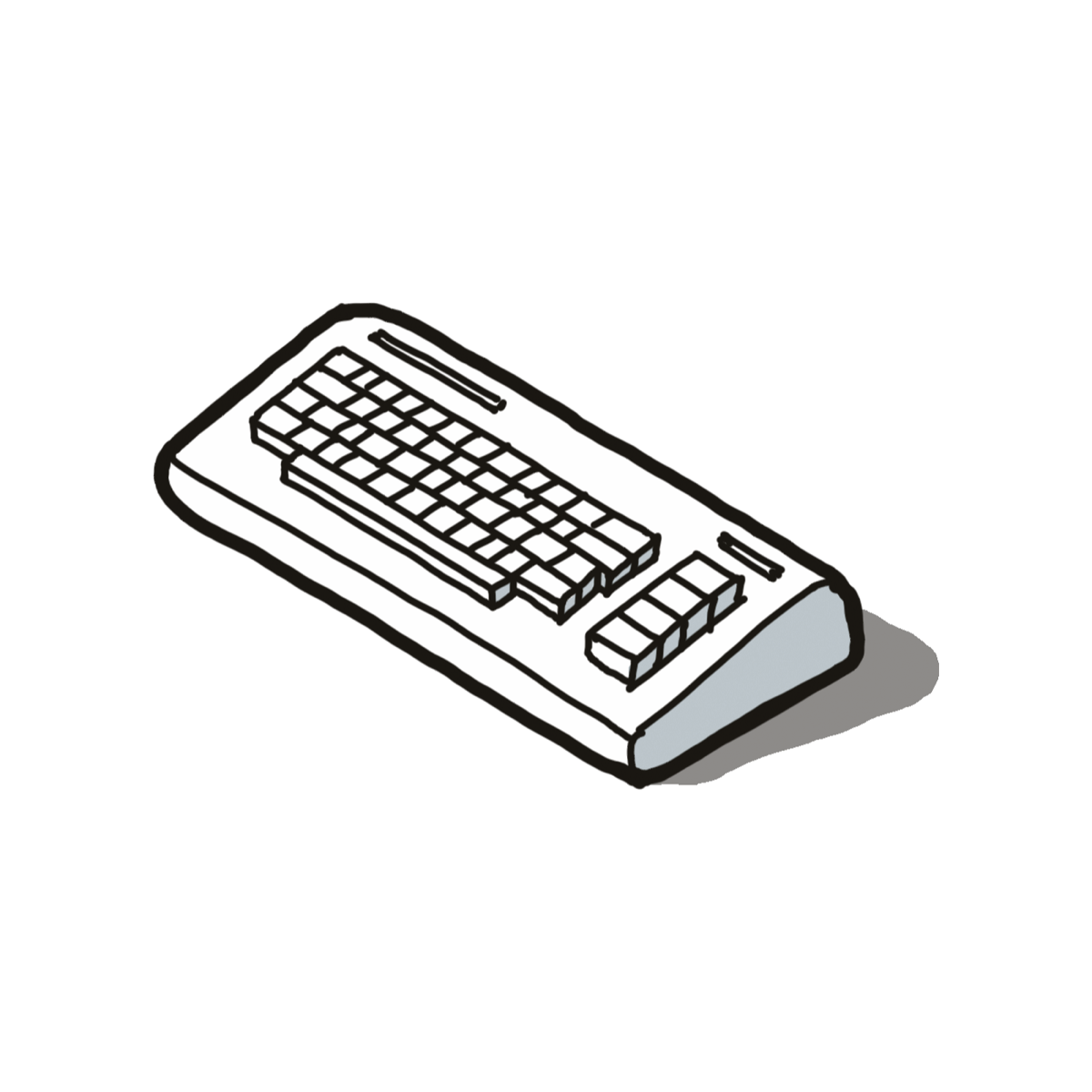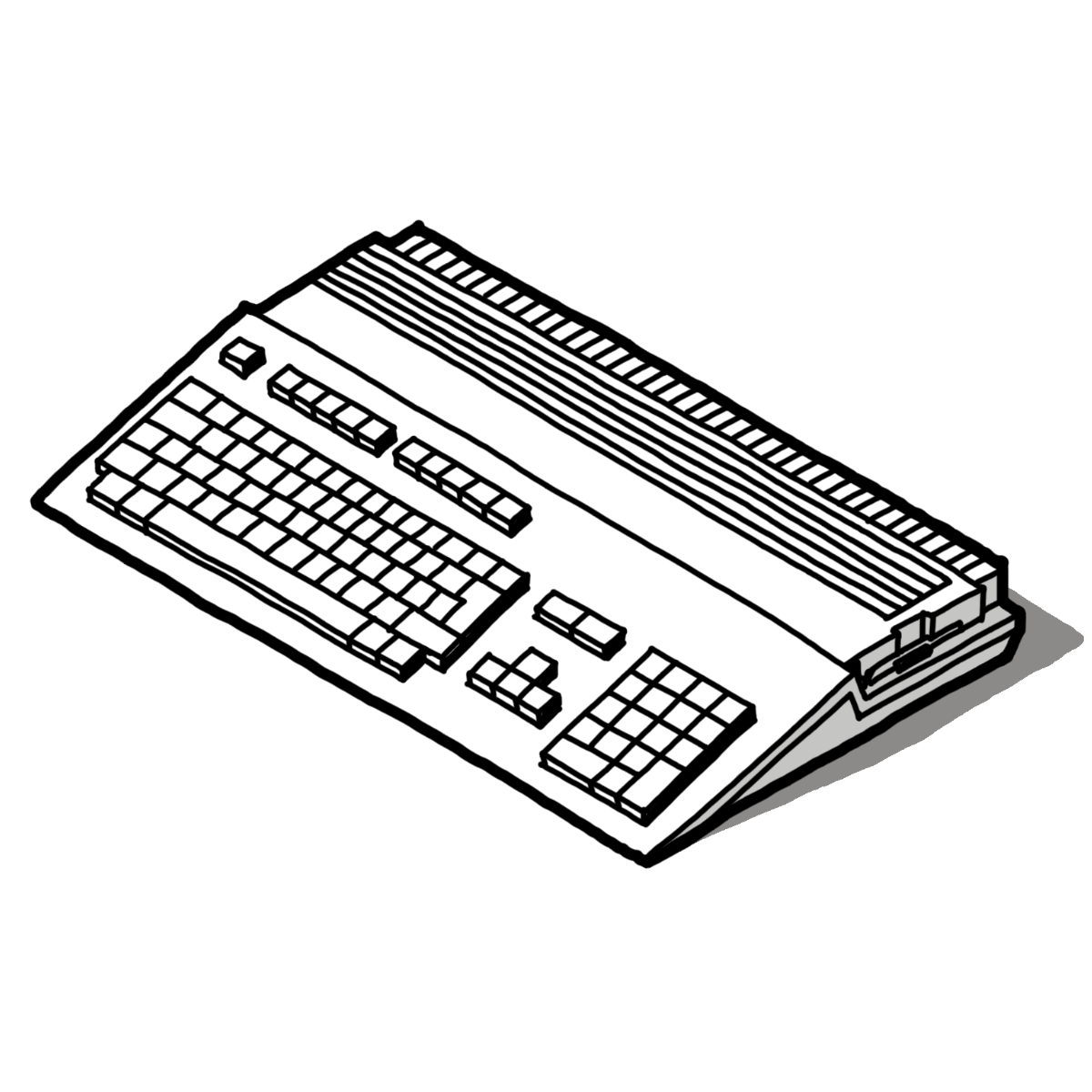The Apple II mimicking the typewriter
by Konstantin Weiss on October 7, 2018
I just recently realized how different the Apple II was. I was aware of the technological achievements. But this time, it struck me that there has been no mental model of a PC before in almost any head of any person back then in 1977. And that meant, that no one knew how a PC was supposed to look like.
Apple chose to mimick a known and well established #form factor: a #typewriter . 1970ies, #IBM’s Selectric typewriter with its exchangible typeball was the defacto standard. Apple II’s had roughly the same size, with its keyboard on the front and all electronics hidden in the plastic case. It looked familiar. It looked like something made not for geeks, but for normal people.
I probably did not realize that aspect ‘cause PCs always looked like this to me. During youth, I’ve known the IBM compatible PCs. A friend had an #atari, a cousin an #amiga 600. So I did not question the form, and neither was aware of the type writers of those days. But if you look at what has been before the Apple II, have a look at the Altair 8800. It's form shouted out "I'm for the geeks". It even advertised "Building your own computer won't be a piece of cake. [...]". The root of an early PC form factor is the Apple II. The #C64, #Amiga 500, Atari ST, they all followed.
So, #apple always uses a known, familiar device and form factor for a technology with the potential to change the whole device category. The #macintosh mimicking a desk work place, the #iphone mimicking a #mobile phone and address book, the #applewatch mimicking the wrist #watch. And it all started with the #appleII mimicking a #typewriter .
C64
by Commodore, 1982

Amiga 500
by Commodore, 1987
